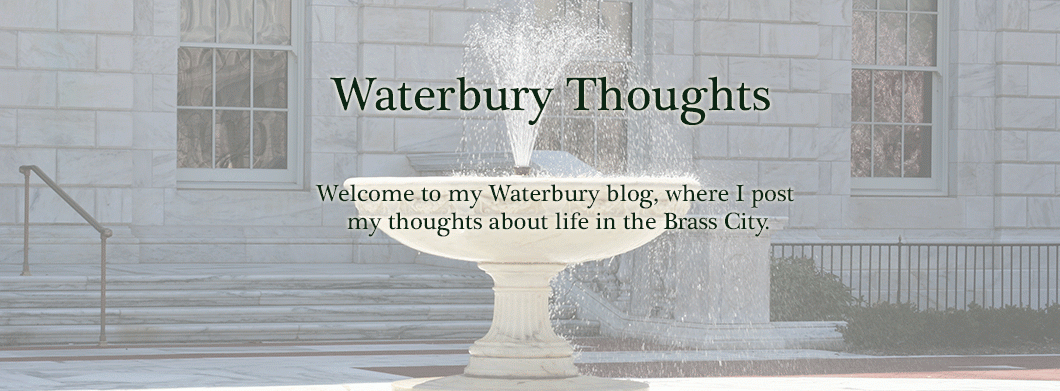For the first part of this story, read Bleeding Kansas, Part One
-------------
On March 28, 1856, William Chestnut wrote a letter to the Waterbury American
"to apprise your numerous readers of the progress of events in this
part of the world." Winter was over, and most of his neighbors had
recovered from the "chill and fever" that ran through their community.
Plowing the fields and planting the crops had begun, "and we will soon
make the wilderness blossom like the rose." ("From Our Kansas Correspondent," Waterbury American, 18 April 1856, p. 1)
Chestnut
assured his readers that "the actual settlers" would never be driven
out by the Border Ruffians and were willing to die rather than back out.
He spoke only generally about ruffian activities: they "have already
desecrated our lovely plain with their drunken, ribald orgies; our
virgin soil has already been stained with the blood of American citizens
for the crime of attempting to exercise their rights as freemen--the
right of self-government."
Chestnut was nearing the end of his
willingness to peacefully endure the harassment and
violence of the Border Ruffians, saying "there is a point beyond which
endurance becomes a crime--we have hitherto acted on the defensive only,
but when our present arrangements are completed we may be prepared to
carry the war into Africa, should it be forced on us."
He gave an
example of the sort of thing which the Free Staters had to endure,
highlighting the level of distrust and disrespect between the two
factions:
The ruffians have an organization
at Lexington [Missouri], on the river, where they board every boat coming up and
forcibly detain them until they examine their freight list. One of our
townsmen, a few days ago, had a very fine piano come up, and as it was
boxed up very strong, it at once excited the suspicions of the ruffian
horde--it was "Sharp's rifles," said they, "and no mistake," though they
were shown the invoice and were assured it was only a piano--but all to
no purpose. They dispatched a deputation to go up to Kansas City and
watch the debarkation of the object of their suspicion, and as soon as
it was put ashore, they insisted on having it opened. The person having
it in charge accordingly took out all the screws and undid all the
fastenings, until he came to the last screw, when he invited the
ruffians to finish the job and raise the lid themselves--but they shrank
back and refused to touch it, swearing that it was a Yankee trick to
blow them up; that it was full of torpedoes, they knew, and proposed
throwing the box into the river, saying it would serve the d---d
Yankees right. This was as far as it would do to carry the joke, and the
lid was accordingly raised amidst a general laugh of a large crowd who
had collected on the occasion.
 |
Lexington Landing, Missouri, 1861
Retrieved from House Divided: The Civil War Research Engine at Dickinson College
|













